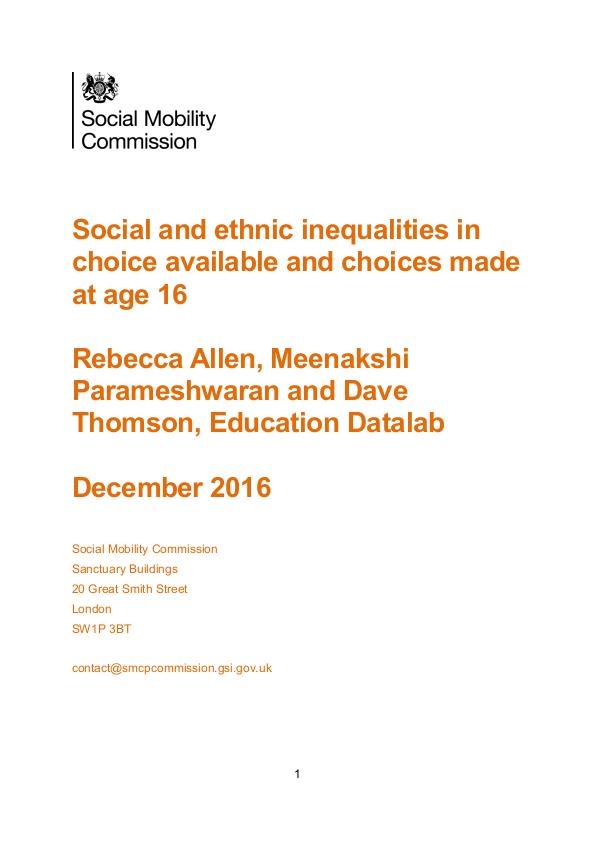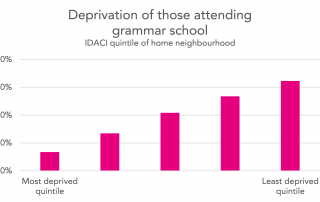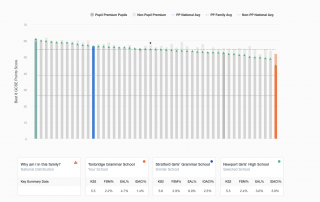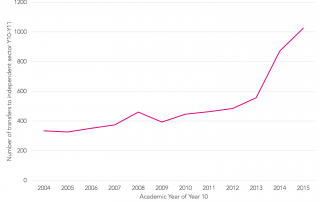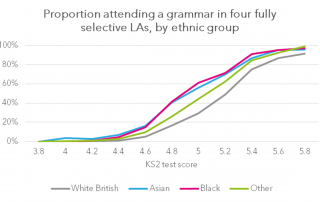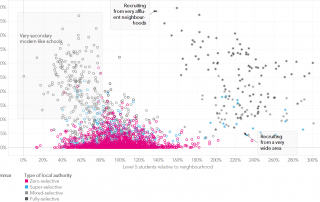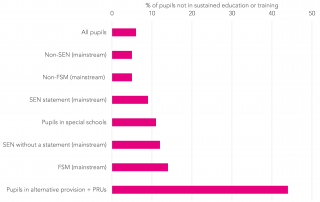Social and ethnic inequalities in choice available and choices made at age 16
This morning the Social Mobility Commission published our research examining the choice of courses and institution made by students at age 16. We could see there were differences in the choices made by social background, ethnicity and gender of the student and wanted to measure the extent to which these arose through differences in: GCSE [...]



